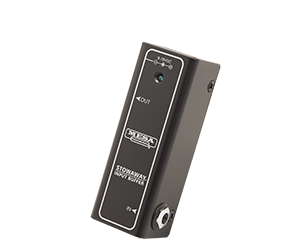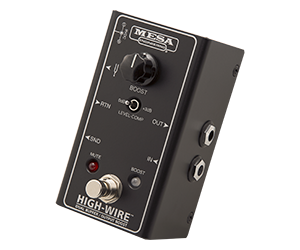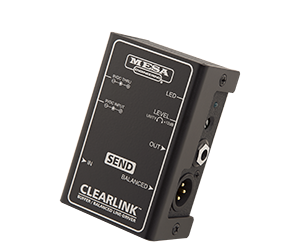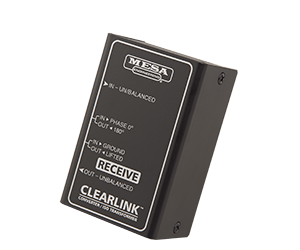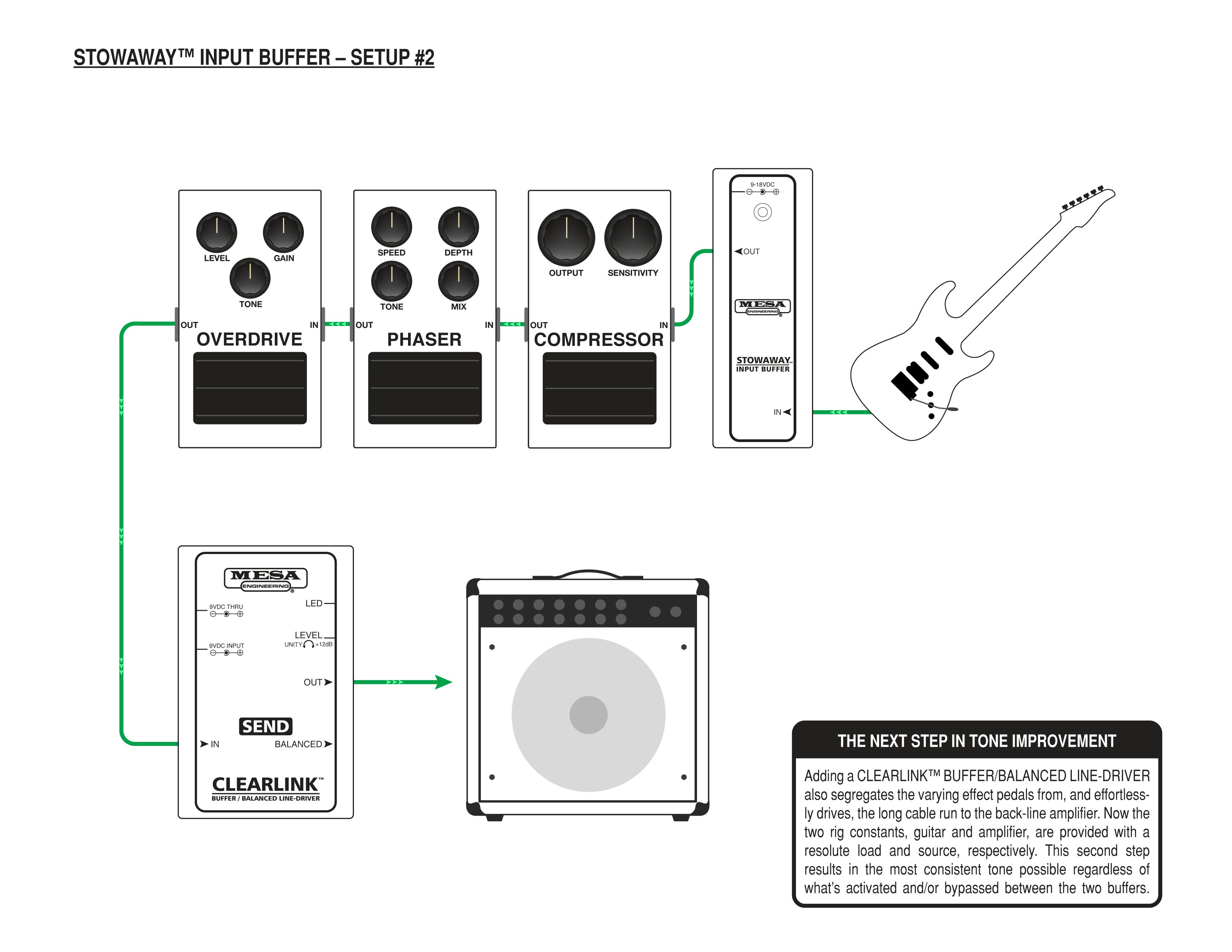Socialize With Us
Overview
The Stowaway™ is our compact 100% discrete Class-A Input Buffer solution designed to remedy a whole array of Input challenges caused by a variety of issues. From impedance loading and mismatching, to changes in a pickup’s character and response as a result of varying effect pedals’ input impedance and interconnecting cables’ capacitance, the Stowaway provides the stable, consistent load your instrument needs to sound as intended. While the Stowaway's footprint is small, allowing it to be mounted on the most crowded of pedal boards, its Feature Set is professional and comprehensive. If your signal does any significant traveling, bring along a Stowaway to guard your Tone.
See FULL DETAILS for Specifications and FAQs. Setup Diagrams & Instructions Below.
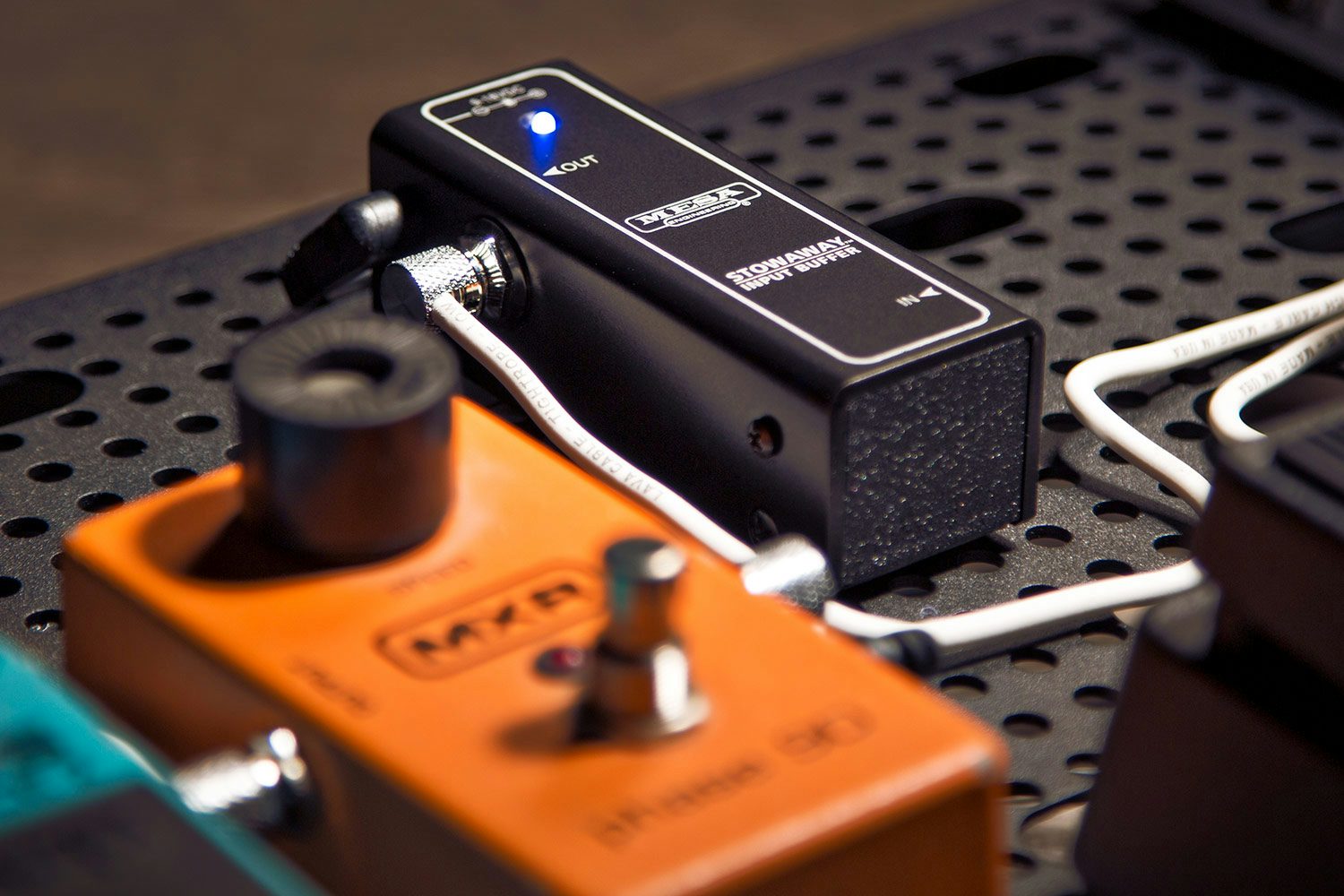
Setup Instructions
View Setup Instructions
Full Details
STOWAWAY™ Input Buffer
- Made in Petaluma, California with the World’s Finest Materials
- 100% Discrete Class-A Circuit
- Provides the tone & feel of plugging directly into a high-quality tube amp
- RFI Filtering minimizes radio-frequency interference and noise
- Provides guitar with a resolute load which segregates it from the many variables on a pedalboard and the long cable run to a back-line amplifier, for consistent tone and feel
- On/Off Status LED
- 9-18VDC External Power Jack Input (power supply not included)
SPECIFICATIONS
- Input Impedance: 1M Ohm
- Output Impedance: 150 Ohm
- Buffer Design: Discrete Class-A
- Nominal Operating Voltage: 9-18VDC
- Maximum Operating Voltage: 20VDC
- Typical Current Draw: 10mA @ 9VDC
- DC Adapter (not included): WARNING!!! To avoid immediate damage and voiding the warranty, the External Power Supply MUST be 9-18VDC with a NEGATIVE CENTER and a 2.1mm x 5.5mm Barrel Plug
- Weight: .267 lbs (121.1 g)
- Dimensions (W x D x H): 1.42 x 3.98 x 1.24 inch (36 x 101 x 32 mm)
FAQs
Can I use the STOWAWAY™ INPUT BUFFER for my bass?
Yes you can!
I’m using a switched-mode power adapter/supply (SMPS) and hear a high pitch “whine”, why is that?
Some of these SMPS adapters are noisier than others, especially those that aren’t from a reputable or brand-name MI manufacturer. Another reason could be that you’re trying to run to many devices from a single adapter. Though many of them have a high current output and tout being able to power many devices, doing so can result in the development and/ or increase of noise, for some reason. If this is happening, we recommend either trying another adapter, or better yet - using a universal pedalboard power supply with enough isolated outputs to power every device on your pedalboard individually; better power = less noise = more tone!
What’s the maximum length of cable I can use between my guitar and the STOWAWAY™ INPUT BUFFER’s input?
Always aim for the best quality and shortest length possible shielded 1/4” TS instrument cable between the guitar and buffer, but also keep in mind that zero capacitance is not ideal, or practical. It’s safe to say that there’s no way a pickup has been designed without expecting there to be some length of cable, and therefore capacitance, hanging off the output of a guitar. A certain amount of cable capacitance is good, and necessary! We’re not trying to eliminate it, but we are trying to control and prevent it from changing unexpectedly. So if you can afford it, experiment with a variety of brands and lengths, to fine-tune the tone, until you find what suits your tone best! There’s no one-size-fits-all cable length, but generally speaking shorter cables will yield a brighter tone, and longer cables will yield a darker tone. Once again the key is consistency, so when you’ve made your choice, always use the same cable.
I would like to use a vintage fuzz pedal, but have been told that they don’t work well with buffered signals, is this true?
These pedals will function and sound differently when connected directly to the guitar because they are meant to be fed with a high-impedance signal source, as opposed to a low-impedance signal source, which is why they need to be used first in the signal path. It’s recommended that such pedals either be modified with true-bypass switching, if not already so equipped, or used in conjunction with a true-bypass loop-box to ensure the pedal is completely bypassed when not in use.
Can I use another STOWAWAY™ INPUT BUFFER at the end of my pedalboard to drive a long cable run to my back-line amplifier?
Theoretically you could, but we have another device which is better suited as an output line-driver, the CLEARLINK™ BUFFER/BALANCED LINE-DRIVER. It’s capable of driving up to a 330ft/100m balanced or shorter unbalanced cable run, via standard XLR microphone or shielded 1/4” TS instrument cables, respectively, to the back-line amplifier. Alternatively, we also have a two-in-one device called the HIGH-WIRE™ DUAL BUFFER / OUTPUT BOOST which includes both circuits, plus a boost and tuner mute. Using the STOWAWAY™ INPUT BUFFER in tandem with a CLEARLINK™ BUFFER/BALANCED LINE-DRIVER resolves the deep-rooted signal loss and inconsistent tone issues faced by guitarists due to; capacitive loading, impedance loading and mismatching, and changes to a pickup’s resonant frequency/peak, as a result of varying effect pedals and interconnecting cables. They accomplish this by providing the two constants in every guitar rig, the guitar and amplifier, with a resolute load and source, via the STOWAWAY™ and the CLEARLINK™, respectively. The two form an effects loop, which segregates the guitar and amplifier from the variables on a pedalboard, easily handles many pedals, interconnecting cables, and effortlessly drives a long cable run to the back-line amplifier, either balanced or unbalanced. As a result, the only variations in sound and tone will be from the actual effect of the pedals on the pedalboard, and not from a guitar or amplifier related loading or impedance mismatch issue.




